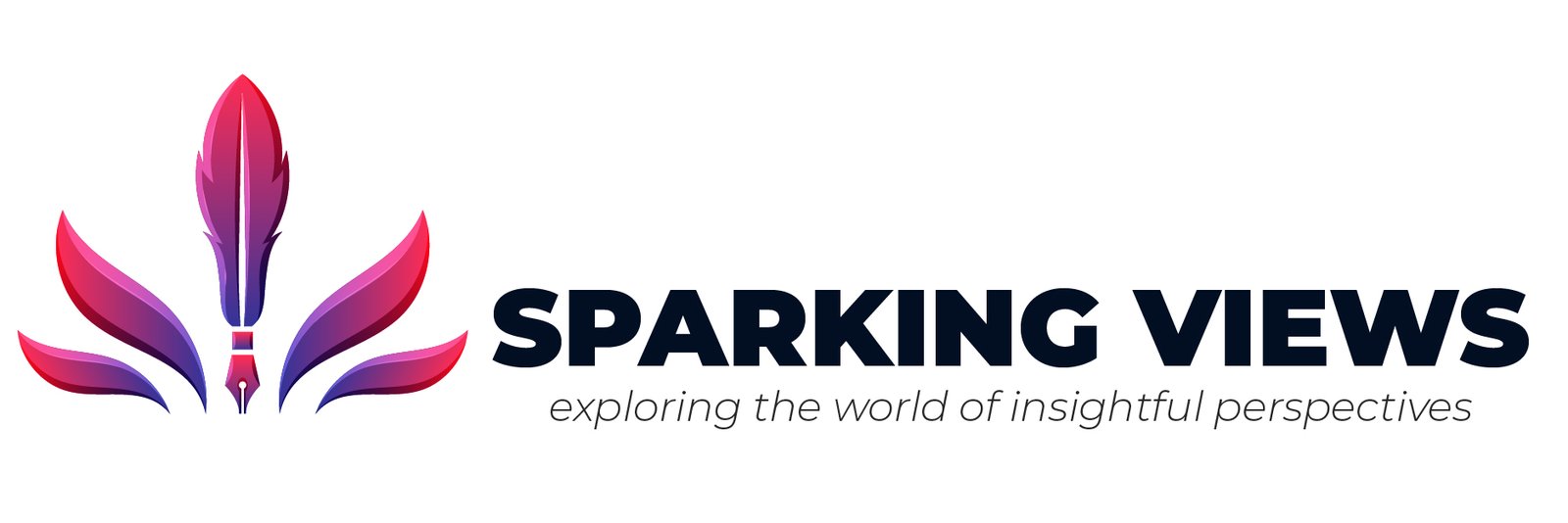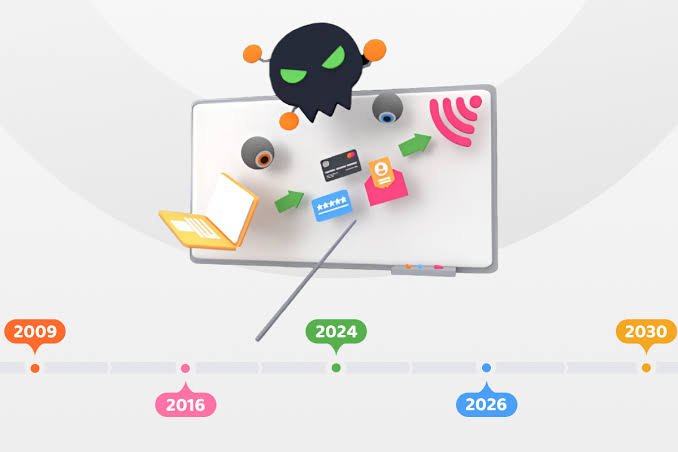Smart Ways to Avoid Malware and Phishing Threats in 2025
Cyber threats nowadays are evolving faster than ever before, putting businesses and individuals in constant danger. Present-day email systems like Microsoft Exchange deploy some of the latest technologies, such as Intelligent Message Filter, to ward off spam. Yet, cybercriminals are in continuous pursuit of sophisticated attack methods to bypass traditional security measures. It has now become a must to know how to protect oneself from malware and phishing threats to remain digitally safe and maintain business continuity.
This guide provides actionable strategies to help defend against cyber-perils and protect sensitive data from malicious actors.
Understanding Today’s Digital Threat Landscape
Cyber threats have become increasingly sophisticated in their attempts to target individuals, whether they are a single user or a large-scale enterprise. Malware protection and phishing awareness, therefore, must go beyond IT concerns: They are business survival skills every professional must master.
Phishing is responsible for almost 90% of all successful data breaches, whereas malware infections continue to disrupt operations across sectors. When it comes to threats, size and industry mean little; hence, cybersecurity tips have become a necessity for all users.
| Threat Type | Description | Prevention Tips |
| Phishing | Deceptive emails or websites are designed to steal sensitive information. | Verify sender’s identity, avoid clicking suspicious links, and enable multi-factor authentication. |
| Malware | Malicious software that can damage or compromise your system. | Install antivirus software, keep software updated, and avoid downloading files from untrusted sources. |
| Ransomware | A type of malware that encrypts your files and demands a ransom for their release. | Regularly back up your data, implement strong access controls, and educate users about ransomware threats. |
| Spam | Unsolicited and unwanted messages sent in bulk. | Use spam filters, avoid suspicious emails, strengthen email security, and practice email hygiene. |
| Social Engineering | Manipulating individuals into divulging confidential information. | Train employees to recognize social engineering tactics, verify requests for information, and implement strict security protocols. |
Essential Malware Protection Strategies
Keep Your Software Updated
Exploited by an aging system, cybercriminals deploy malware using vulnerabilities present in different software. Turn on your system, web browser, and other applications to allow automatic updates; new updates generally contain important security fixes to close open security holes.
Deploy Comprehensive Antivirus Solutions
Modern antivirus scanners scan for viruses. They have solutions that offer real-time protection, behavior detection, and cloud threat intelligence. These tools would stop malware in its tracks before it’s installed on your device.
Practice Safe Browsing Habits
Bulging or suspicious sites should not be explored at all, nor should pop-up ads be clicked. Adhere exclusively to reputable websites and be selective in the downloading of files from the internet. Look closely at it; it may seem too good to be true.
Advanced Phishing Protection Techniques
Verify Email Authenticity
Separate from the primary email asking for any sensitive information, clarify the sender’s identity using a different communication channel. True organizations never request a password, credit card number, or Social Security number through email.
Examine URLs Carefully
Hover over links before clicking to see where they lead. Most phishing emails use fake URLs that closely resemble a legitimate website but have some slight differences in the spelling of the word or the domain extensions.
Enable Multi-Factor Authentication
Adding security only means that after the login credentials have been stolen using phishing attacks, it becomes more difficult for hackers to access your accounts.
Smart Building Technologies and IoT Security
Companies like Revo Technologies Murray Utah have transformed workplace safety into strategic integrated systems with IoT device functionalities. These functions include lighting, HVAC control, security, thermal analytics visualization, and energy monitoring, all in one place. They would finally run green buildings and offices. However, these will also open new doors to cybercriminals.
When introducing smart building technology, have all IoT devices regularly patched and set up with strong individual passwords. You may also want to segment key parts of your network so that potential intrusion through IoT systems does not compromise critical business systems.
Effective Malware Removal Strategies
When responding to malware entering a system, it must be within a very narrow time frame. Immediately after infection, isolate the device from the internet to prevent data theft or further system compromise. Run a full scan using an updated antivirus program, and consider using special malware cleanup tools for troublesome infections.
For serious ones, you might need IT professionals. Write an incident report and analyze how the malware entered your system so that you can prevent it in the future.
Building a Comprehensive Security Culture
Cybersecurity is not just about technical aspects, but rather, the building of an environment that would produce awareness and a responsibility for each person. Regular training sessions, phishing simulations, and clear security policies that clearly articulate the security-related role of functions in work help in building everyone’s understanding of their role in maintaining organizational security.
Encourage reporting of suspicious mail or activities without laying blame. Quick reporting helps curtail what could have been a minor incident into massive breaches.
Stay Ahead of Emerging Threats
Threats in cyberspace evolve through time, thus making continuing education at all levels necessary for adaptation. Subscribe to newsletters on security matters, visit reputable safety blogs, and engage in professional development to know the trends and prevention strategies to adhere to.
Consider cybersecurity professionals who can provide personalized guidance tailored to your specific needs and risk profile.
It has several layers in protecting against malware and phishing threats, which include education, technology, and alertness. Innovative applications, combined with awareness of emerging threats, can make consumers safer from becoming victims of cybercrime. It defines the process as an ongoing process rather than a one-time setup of a computer. You should stay informed, stay vigilant, and secure digital assets.












No Comment! Be the first one.